Do you know what makes up a shoe? Some fabric, possibly leather, stitching, and cushioning, makes up our everyday footwear. This seemingly simple daily item has a surprisingly complex design.
Want to learn more? We’re going to highlight the essential shoe anatomy. There are numerous parts to a given shoe type, and no two shoes are identical. Even factory-made shoes can have slight deviations in color and stitching from time to time.
Because of their high prominence, we are going to place emphasis on 19 specific shoe parts that make up sneakers.
1. Insole
We’re going to start out our list by covering three different parts that collectively make up the sole of your shoes. We start with the portion closest to you, the insole.
The insole is part of the shoe that your foot touches. It’s part of the larger “sole” unit covering the bottom of your shoe. The insole is on the interior of the shoe.
Your insole directly impacts how your feet feel in your shoes. A worthy insole should be soft and provide some manner of support for your arch. Poor insoles have been linked to back pain and other health problems.
A first-rate insole, on the other hand, can be a tremendous boon. It can adjust your gait and improve your quality of life. If you’ve visited a podiatrist or even an orthopedic doctor, they might have advised you to switch out your insoles to something geared to your specific pain point.
Kizik insoles are removable, allowing users to easily swap them out for specially-targeted insoles. It also makes them easily washable, in case you want to freshen up the interior of your footwear.
2. Midsole
The midsole is the portion of the sole that connects the outsole of your shoe to the insole and upper. Of all portions of your sole, the midsole is most responsible for cushioning and absorbing shock from the ground. Midsoles are usually made of flexible, durable, padded materials like foam.
When the midsole begins to wear out, it impacts the feeling of your footwear more than other parts. An old midsole may feel hard or even begin to crack or flake. Top-quality midsoles can help your shoes last longer and vice versa. Walking shoes can last for years when cared for properly, ensuring your favorite shoes can stay in rotation through all your adventures.
With a reliable midsole, your footwear will last hundreds of miles before reaching that point.
3. Outsole
While the insole is the innermost layer of the sole, the outsole is the outermost layer. This is the part of your shoe that makes direct contact with the ground.
The outsole is usually the most durable part of your footwear. They may be made of any material from rubber to wood. What matters is that the outsole absorbs physical shocks and endures repeated use.
Your outsole affects how flexible or rigid your shoe feels. How flexible you want your shoes to generally depend on their purpose. Dress shoes might be rigid since they’re not typically worn for long distances or all-day affairs.
For casual, everyday sneakers, though, you’ll likely want something more flexible. Flexible shoes adapt more naturally to the way you walk.
4. Toe box
At the end of the interior of your shoe is the toebox. This is an open space meant to provide vertical and horizontal room for your toes.
A roomy toe box is essential to comfort and good foot health. If you have too little room, your feet could be crushed. This can lead to a variety of health problems, from a few minor complaints to those requiring medical intervention.
It’s also possible to have too much space in your shoes. Picture wearing a pair of pants a few sizes too large. Too much room, and you may slip uncomfortably in your shoe. Kizik shoes are designed with a roomy toe box relative to the rest of the shoe. This gives wearers space where they need it while maintaining a pleasingly snug fit.
5. Toe cap
The toe cap is the part of your shoe just above your toes. Whereas the toe box is the interior, the toe cap is the exterior portion that encases it. The toe cap is often of a slightly different material or rigidity than the rest of your shoe upper.
A superb toe cap shapes the silhouette of a shoe and protects your foot. Work boots might have a sliver of steel or metal just below the toe cap.
Toe caps also serve a practical purpose: They hide the seams which make up the shoe. How pronounced or subtle the cap changes from shoe to shoe.
6. Collar
The collar of your shoe (sometimes called the “heel cuff”) runs along the heel and part of the upper by the entry point. The collar marks a transition from the slightly tougher texture of the upper to a soft insole. The stiffness of the collar can fluctuate, and many people have a preference when it comes to the rigidity they like here.
It may also mark contrasting colors for an added visual difference.
7. Collar lining
The collar lining is an extremely important part of any shoe. The collar lining is a soft swatch of material that covers the interior of the collar. It smooths and reduces friction at the point where the collar touches the ankle of the foot.
Collar linings can reduce blisters and irritation from your footwear. Friction blisters are one of the most common foot injuries. There are many ways to reduce your risk of receiving one, including this part of the foot. If you like the look of wearing shoes without socks, an exceptional collar lining is essential.
8. Tongue
The tongue of your shoe is appropriately named based on its appearance. This long, oval-like flap extends from the upper, covers the bridge of your foot, and creates a symmetrical appearance.
Depending on the style of your shoe, the upper may appear different. Dress shoes tend to have a small, tight tongue that blends in well with the rest of the shoe. Some casual shoes have large, plush tongues that create a sporty appearance.
9. Upper
One of the most visible parts of your shoe is the upper. The upper is a fairly large piece of fabric that connects to the sole of the shoe.
By sheer surface area, the upper is one of the largest parts of the shoe. There are a few other pieces sewn into and around it, but it’s largely one single piece.
10. Vamp
The vamp is technically part of the upper of the shoe. It consists of the front portion of the upper, near the toe, to about the middle of the foot. Depending on the shoe, the vamp may appear distinct or have a unified appearance.
11. Quarter
The quarter is the back half of the upper and begins where the vamp ends. From there, the quarter wraps around the back of the heel. If you’ve ever seen an upper that tapers off at the heel, you’ve seen a quarter.
12. Laces
Most shoes have some sort of fastener. This helps define the shape of the shoe and keep it on your foot. Laces, velcro, and straps are among the most common fasteners.
However, they aren’t always the most accessible. After all, tying your laces requires you to bend down and have the dexterity to fasten them. What about pregnant moms-to-be whose growing bumps are keeping them from bending down to slip on their shoes? What about kids who may be too young or impatient to tie their shoes?
That’s why some shows don’t use laces at all, like Kiziks. Putting on your pair of Kizik shoes takes two simple steps.
Step 1: Slide your feet into your shoes. Step 2: Slide away in the easiest pair of shoes you’ve ever encountered.
It’s seriously that easy, and it’s all thanks to changing the way we think about laces. Laces on Kiziks are still functional, of course. However, these laces only need to be adjusted once for your ideally tight fit — not to keep them on your feet.
13. Eyelets
When you look at a pair of shoes with laces, take a look at the holes made for them. These are called eyelets. Eyelets may simply be punched into the fabric or may have a metal ring around them. These rings are themselves placed into another part of the shoe.
14. Eyestays
Take a look at a shoe you own with laces. Are the eyelets placed directly on the upper or on another piece of material?
In most cases, the latter is going to be true. This additional piece of fabric is called the eyestay. The eyestay helps maintain the shape of the eyelets and the integrity of your footwear; it makes for stronger, longer-lasting eyelets.
15. Foxing
Foxing is one of the least visible parts of your footwear. However, it’s also one of the most important. It is a small piece of material that further connects the upper to the sole. Foxing strengthens the footwear it is applied to and is an important part of many shoes.
16. Heel
At the rear of your shoe is the heel, called this because of the same part of your foot. The heel is another composite part made of a few distinct features.
The heel of your shoe is often sturdy but flexible. This offers protection but lets you slip your foot in easily. Some shoes have a heel that is distinctly large and goes below the insole.
17. Heel cap
The heel cap is the rear bottom portion of the shoe. It’s generally placed along the bottom heel of the shoe as well as the insole. The interior may be rounded or slightly elevated to provide extra support to your feet.
On the exterior, the heel cap tends to be thicker and more rigid. This shell-like cage serves a variety of purposes. It can protect your heel from anything that may hurt it and can also improve your stability.
18. Heel tab
At the top of your heel, you may see a small tab of fabric. The heel tab is designed to serve a practical purpose. Grabbing it makes it easier to put on or take off your shoes.
When it comes to Kizik shoes, heel tabs serve a more ornamental purpose. Kiziks are totally hands-free, so why would you need a heel tab?
Instead, Kiziks use a special heel cage, whose tech changes from show to shoe. When you slip your foot in, the heel gently contorts. Once your feet are all the way through, the heel bounces up. The end result: No more crushed heels!
What makes a quality shoe: A mission
Above, we have 18 components that make up the anatomy of a shoe. Quality footwear is more than just an inventory checklist, however.
What makes a good shoe? Good materials backing the design of the material, for one. It also requires a wide variety of engaging designs to appeal to every taste. An excellent shoe isn’t just about the anatomy behind it—it’s about how it all comes together.
Our footwear may help us move quickly, but its actual evolution is slow. That’s where Kizik comes in. We wanted to change our relationship with our shoes for the better. That’s where the heart of our accessible designs begins.
Anatomy of a Kizik
When you look at a pair of Kiziks, you’ll immediately notice the style. Kizik shoes are fun, colorful, and casual, available in a wide variety of colorways, and made for daily life.
They can suit just about any context, though. Upper fabrics range from classic canvas to eco-friendly recycled materials to premium leather. We’re proud to embrace the best of the fashion industry and keep an eye out for the next big thing.
For us, the next big thing means challenging the relationship people have with their shoes. How much time do you lose, realistically, tying your shoes? Or, if you’ve got kids — helping them put on their shoes?
Without laces to worry about, you can simply glide through your day. A roomy toe box, combined with no laces, means a shoe that’s anatomically adjusted to meet your personal needs — Kiziks.
Sources:


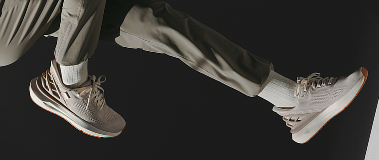
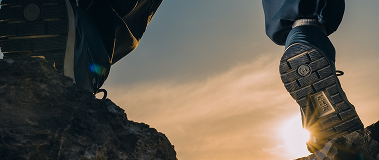

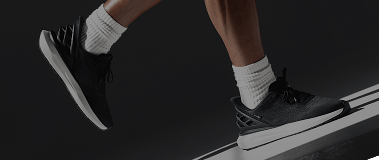
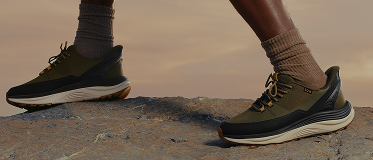
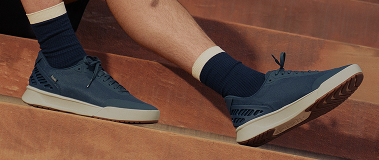
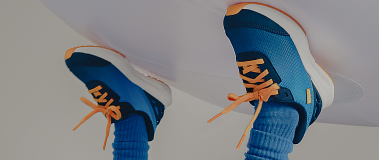
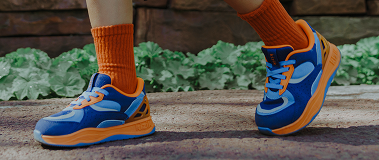
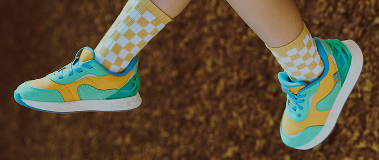




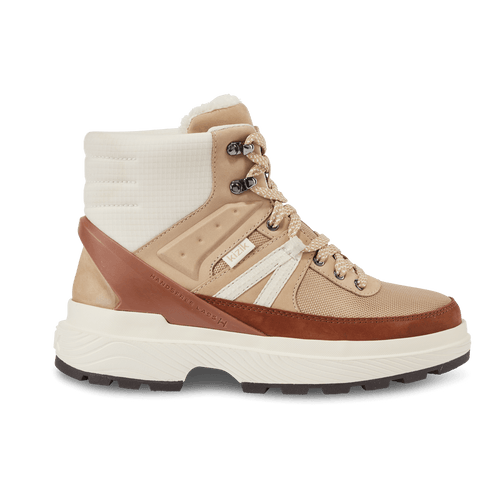
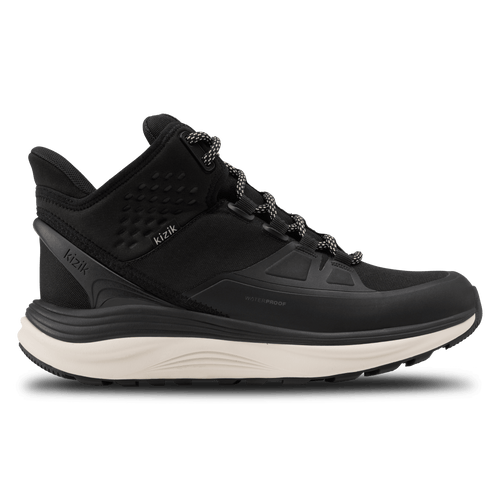





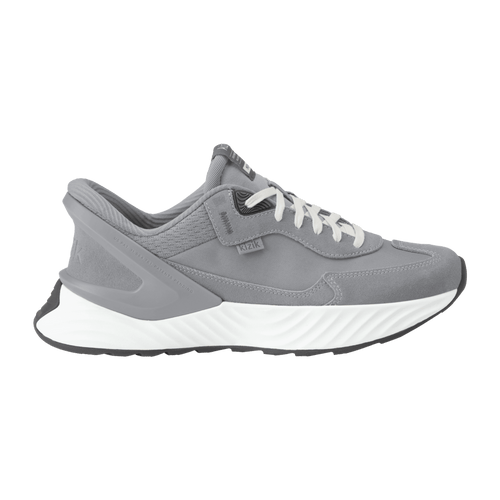


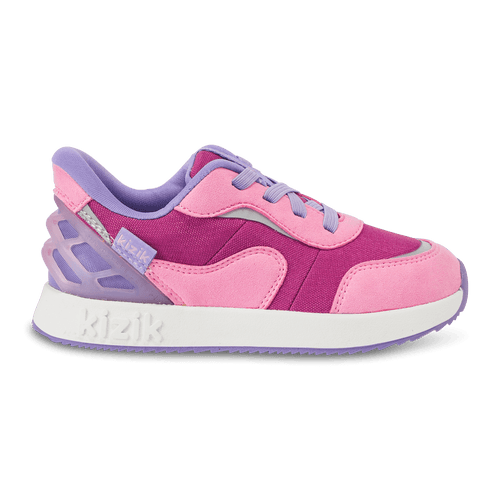

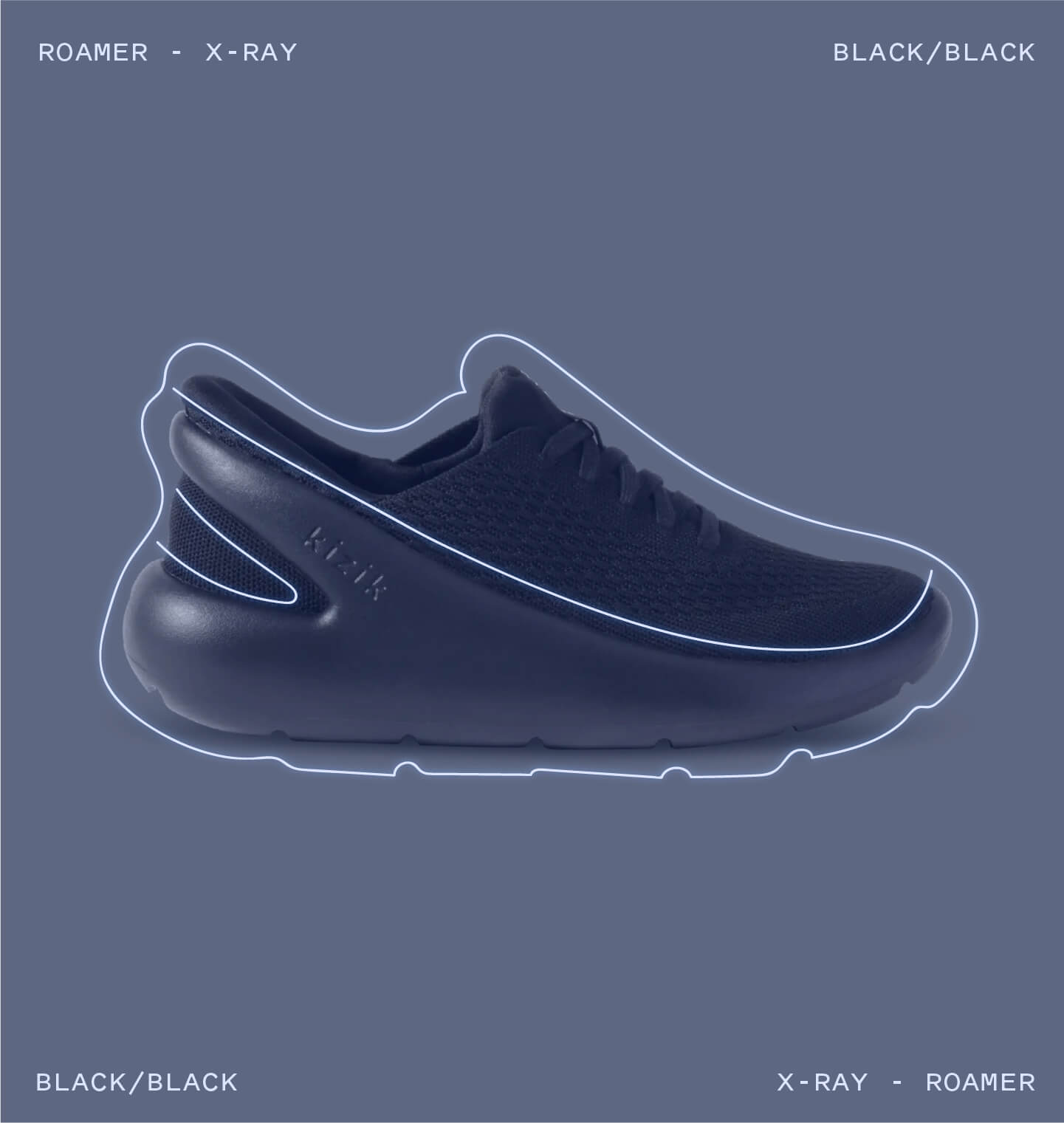

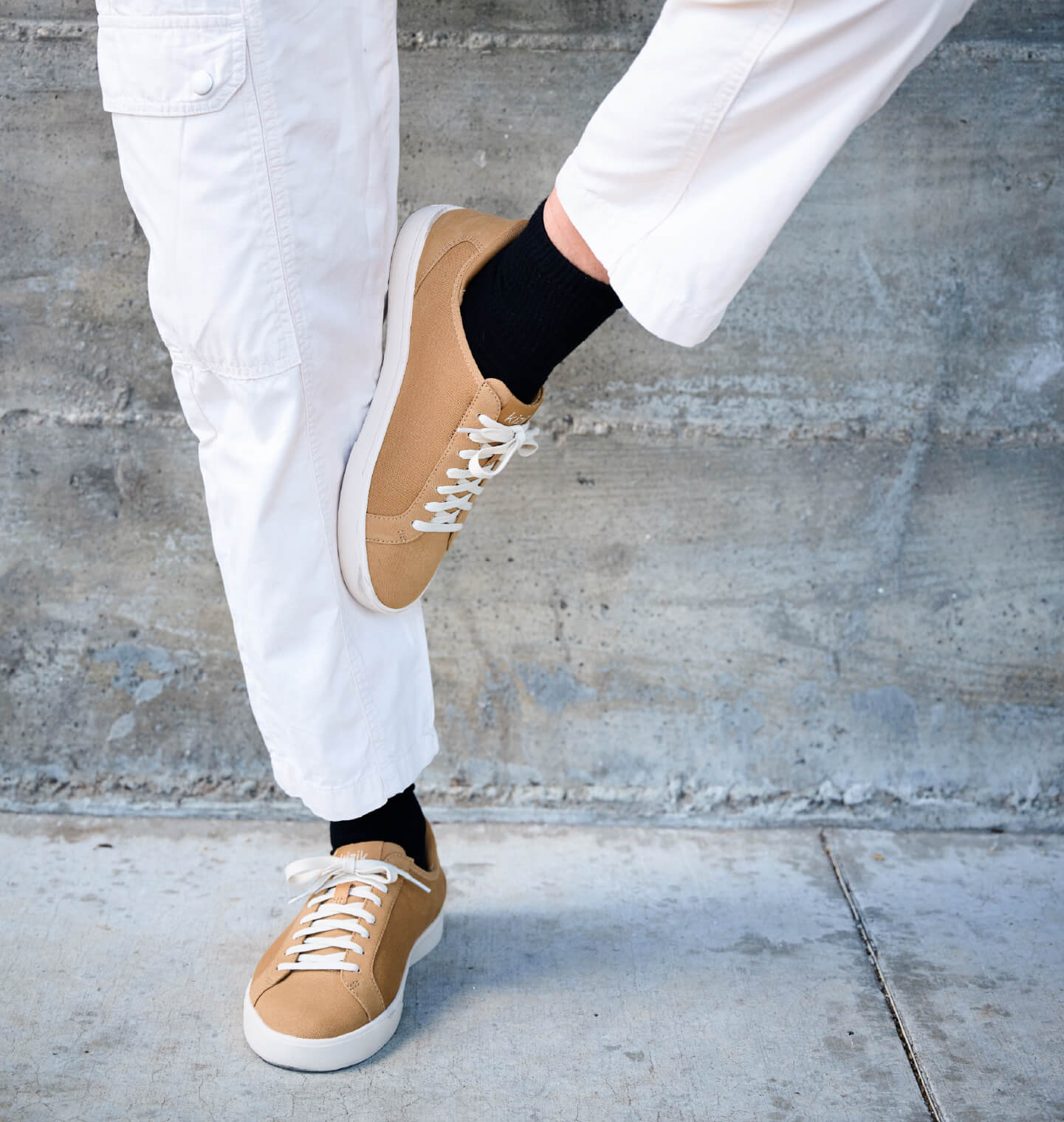
Leave a comment
This site is protected by hCaptcha and the hCaptcha Privacy Policy and Terms of Service apply.